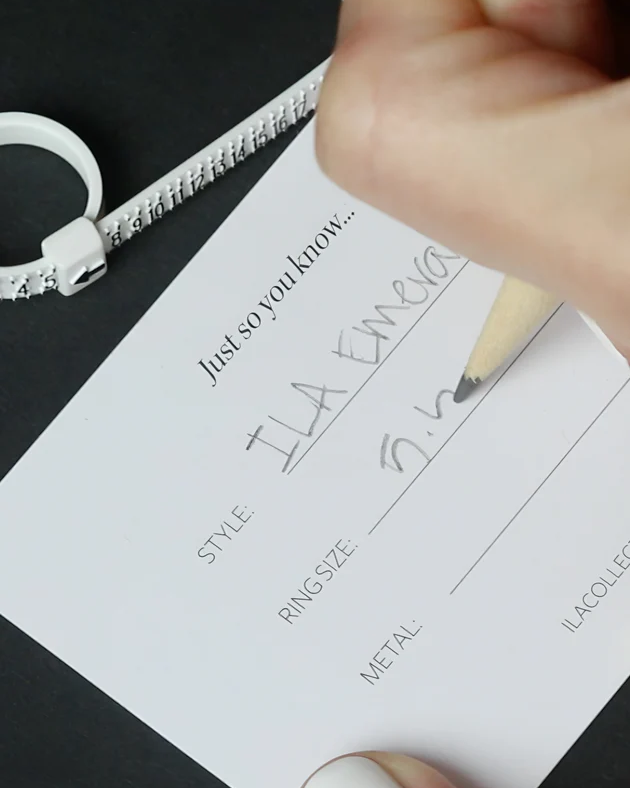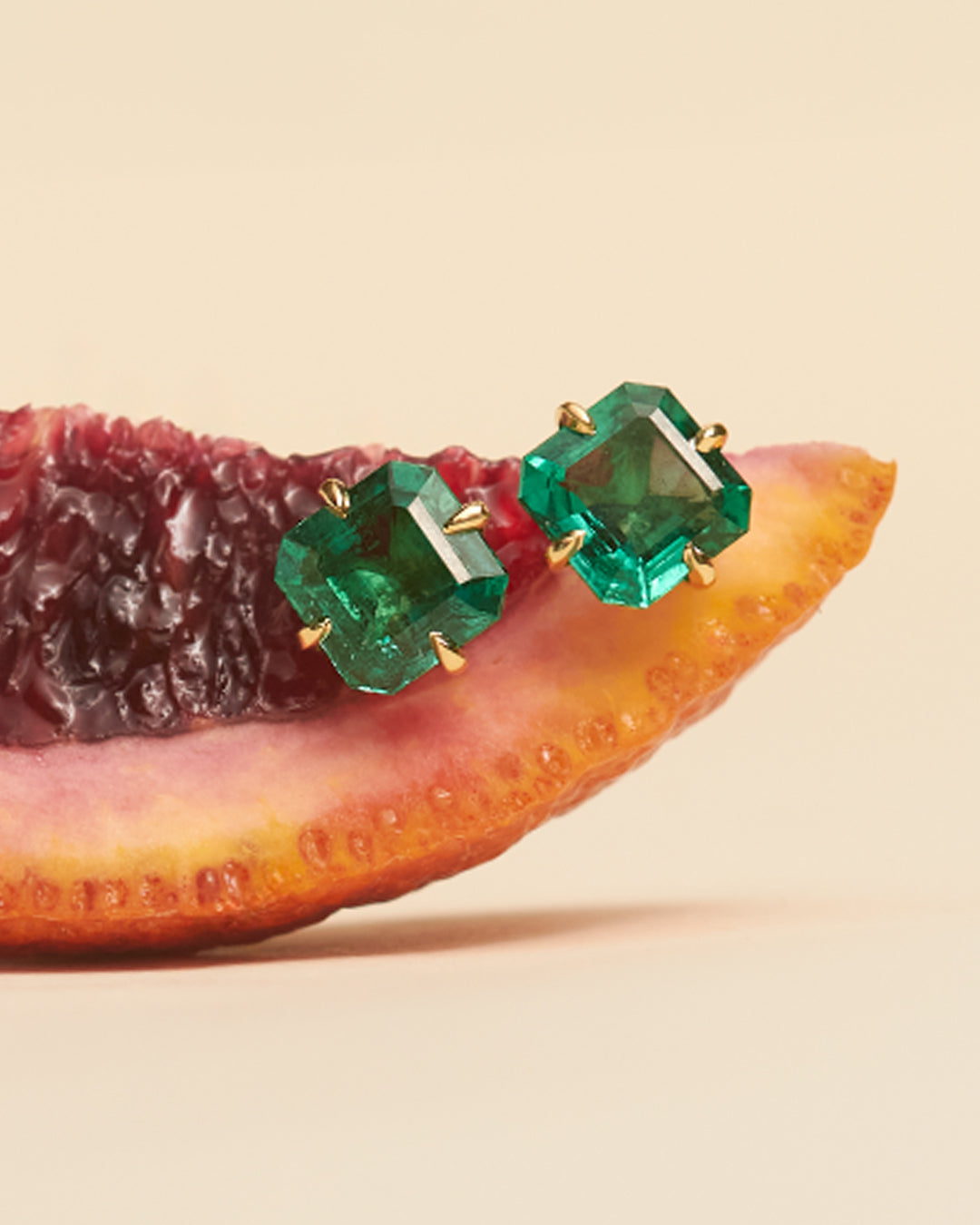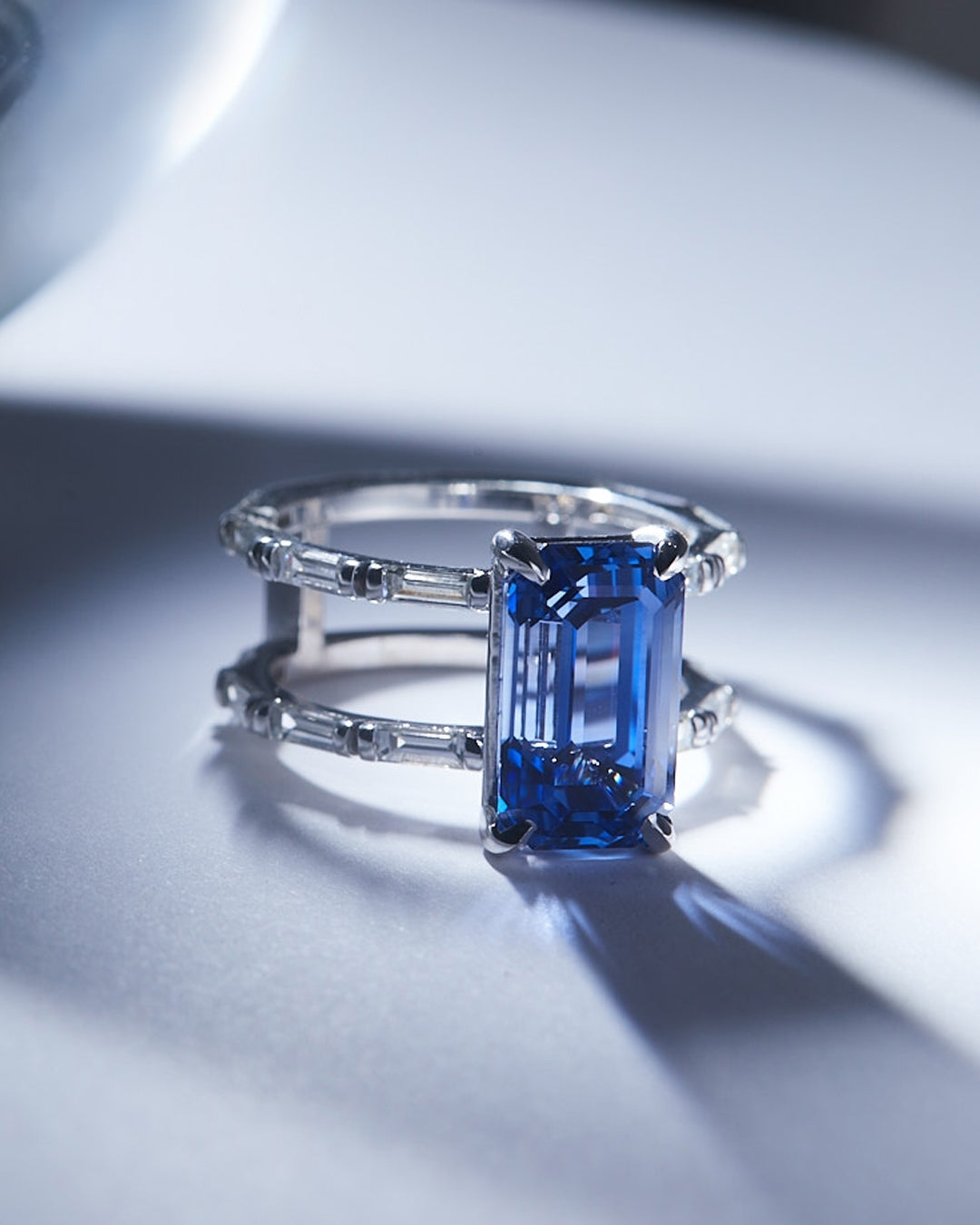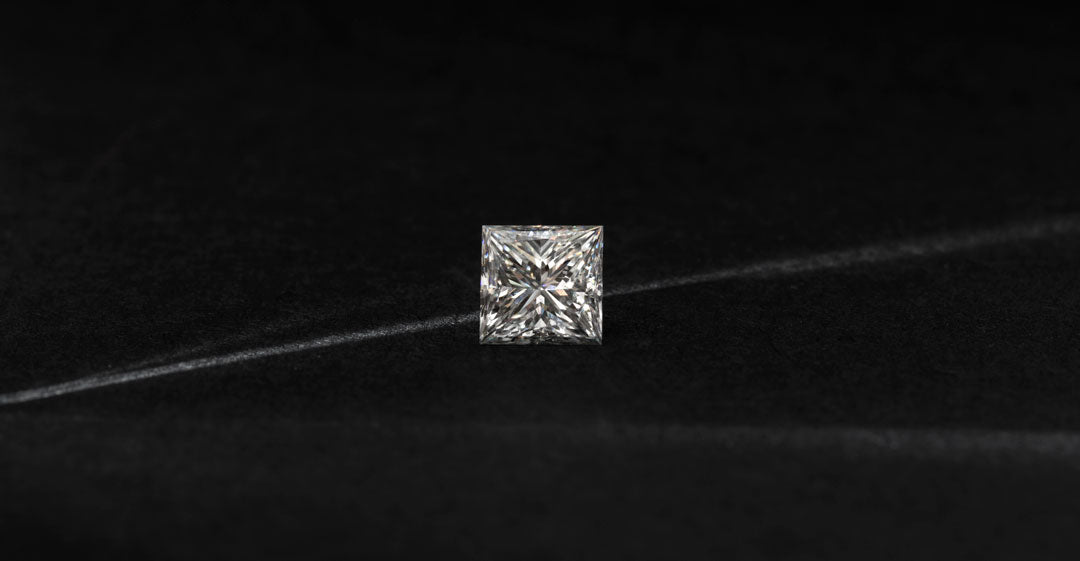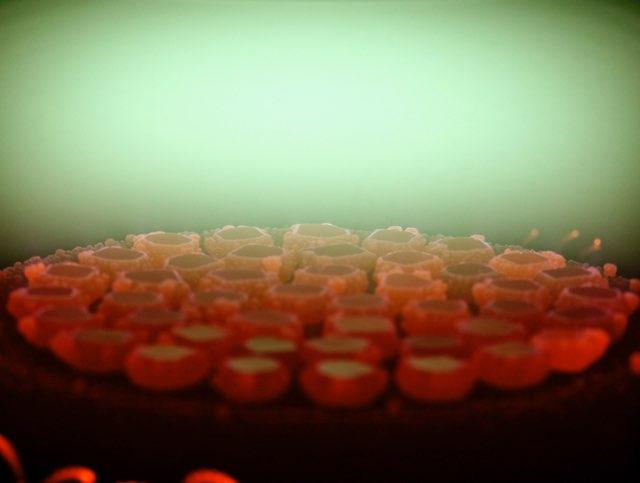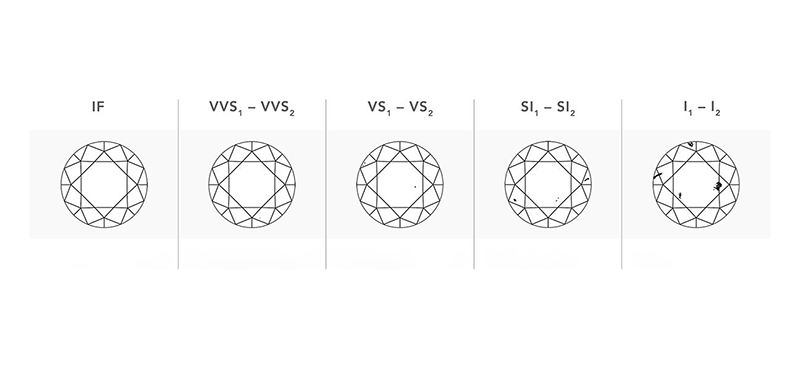
Common Misconceptions About Diamond Clarity
Clarity is a measure of the absence of inclusions and blemishes in a diamond. Inclusions and blemishes are characteristics of a diamond that have an effect on how clean the diamond appears. Inclusions are internal and surface-reaching characteristics while blemishes are external.
At ILA we don’t believe in referring to inclusions as flaws. They are formed due to the environment in which a diamond grows and hence it is the natural beautiful process of how a diamond forms.
There are a lot of misconceptions about diamond clarity. To help you understand these misconceptions, we have compiled a guide.
Clarity Is The Most Important 4C

This statement is not necessarily true. All the 4Cs-cut, clarity, color and carat have an equal importance when it comes to the grading and value of a diamond.
For example, if a diamond with a VS1 clarity grade is poorly cut, then the value of the diamond might be lower than an SI1 clarity graded diamond with a better cut. It is the combinations of all these factors that determines the value of the diamond.
Often people will compromise on the clarity grade and go for better color or size. The vice versa of this is also possible. Ultimately it comes down to your preference and budget. All of the 4Cs are equally important, so it is important to take a holistic view of all of the 4C’s when understanding a diamond’s grading.
We do understand that balancing all of the gradings to find the perfect diamond can be challenging, that is why at ILA we developed patented AI to analyze over 40 data points on every diamond to choose the best diamonds for our designs. Click here to learn more about ILA’s AI and diamonds.
Inclusions Can Break A Diamond
Inclusions can only cause a diamond to break if they are large in size or located at a vulnerable location. A diamond’s atomic structure is strong. When diamonds are cut, they are cut with wearability factor in mind. While diamonds are the hardest mineral they are not the toughest mineral. This means that though they cannot be scratched easily they can chip or break due to a strong external physical force.
Inclusions can only break a diamond if a strong force is applied to it. Often cutters tend to not have inclusions near the girdle or culet as those are comparatively vulnerable areas. While determining a diamond’s clarity grade, the nature of the inclusion is taken into consideration. This means that the impact that inclusion can have on the durability of a diamond, is considered while deciding a clarity grade.
Diamond Clarity Gets Worse Over Time
Diamond clarity is a representation of the absence of inclusions and blemishes. The fewer the inclusions and blemishes, the higher the clarity grade and vice versa. The only way diamond clarity can decrease over time is if the diamond is subjected to chipping or breaking.
Inclusions inside the diamond are internal flaws, and do not change over time. The inclusions remain as they are, or they can be improved through diamond treatments. Blemishes can be removed by repolishing and recutting the diamond, but this would entail losing some carat weight from your diamond.
Clarity Cannot Be Improved
This statement is false. The clarity of the diamonds can be improved, however this does not mean it can be improved for all diamonds. The clarity would depend on what kind of inclusions or blemishes are present in the diamond.
Diamond treatments such as laser drilling and fracture filling are used to improve clarity. Laser drilling is a permanent enhancement technique. Fracture filling on the other hand is temporary. The treatment can last for a long duration however it can also come undone due to negligence during cleaning processes such as ultrasonic or even diamond repairs.
Fluorescence Has An Effect on Clarity Grades

This statement is false. Fluorescence refers to the diamond’s tendency to glow when exposed to ultraviolet (UV) light such as a black light. Fluorescence does not have any effect on clarity. Lear more about about diamond fluoresce here.
All Inclusions Are Visible Through The Naked Eye
This statement is false. Diamond clarity is graded by the inclusions seen through a diamond loupe at 10X magnification and not the unaided eye.
Several factors come into play when determining whether the inclusions can be seen by the naked eye. Some of the factors include the size of the diamond, the size of inclusion, the location of inclusion, and the number of inclusions. It is a combination of all these factors that determine whether a diamond is “eye-clean”. In the GIA grading standard it is widely accepted that SI1 clarity and above are eye-clean. Lower clarities, such as an SI2, may be eye clean also but depend on the factors mentioned previously.
We hope that this guide clears up common misconceptions on diamond clarity. If you have any questions, you can always write to us and we would be happy to help.


